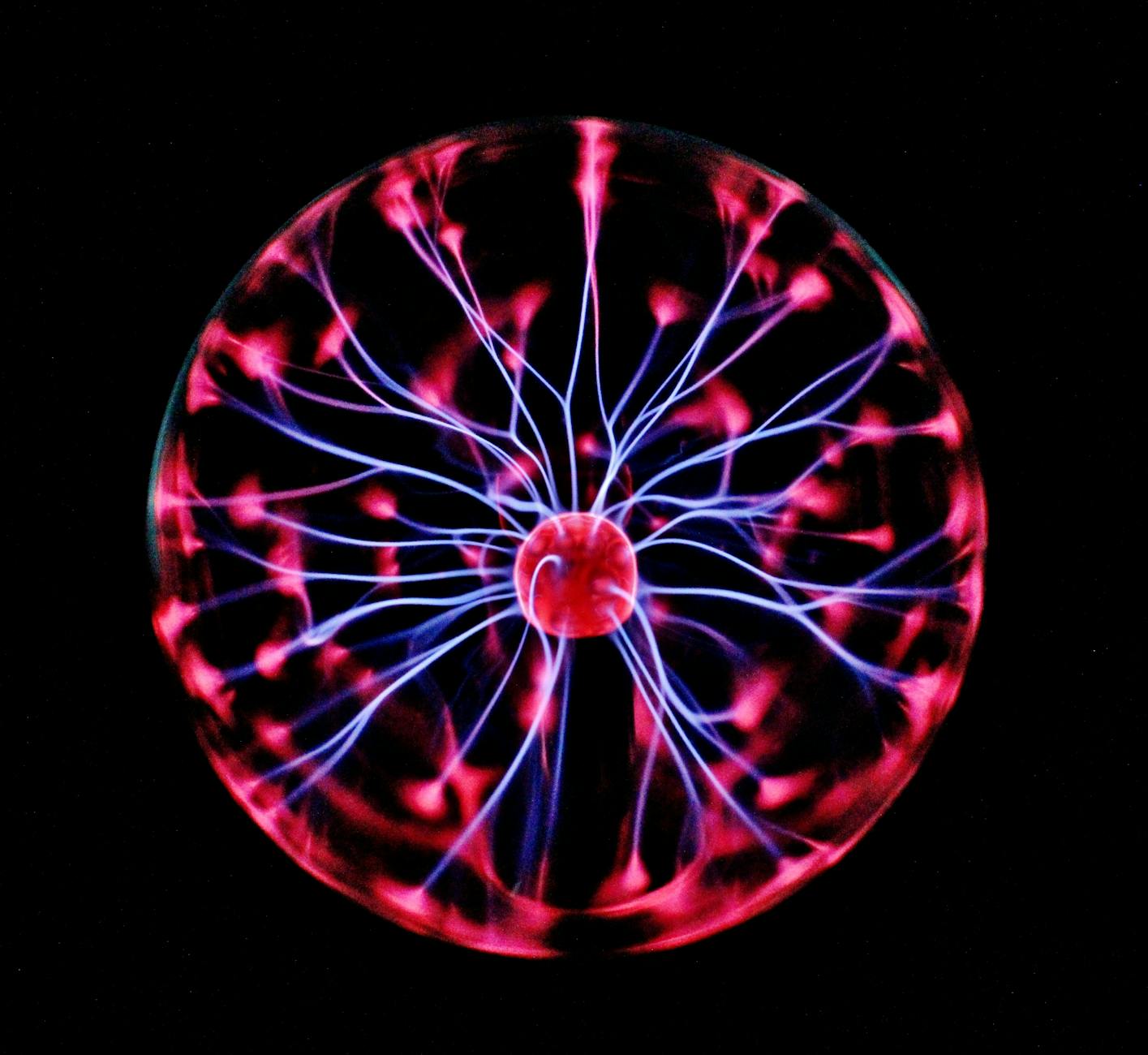Introduction
In today's landscape, where innovation and design are pivotal for market competitiveness, securing industrial design patents has become essential in any intellectual property safeguarding strategy. Industrial designs stem from human ingenuity, materialized in the distinct shape, pattern, configuration, or construct of goods intended for industrial application or other spheres of operation. Knowing what qualifies for patenting as an industrial design allows creators and innovators to effectively shield their rights and interests, affording them the exclusive right to utilize and commercialize their designs.
A critical point is understanding the disparities between an invention, a utility model, and an industrial design, plus being aware of the prerequisites for protecting your industrial design. This understanding is crucial to successfully navigating the registration procedure and achieving legal protection both in Ukraine and internationally.
Concept of Industrial Design
Industrial designs encompass a unique blending of a product’s aesthetic attributes, which can be expressed via shape, motif, color, or a combination thereof. These characteristics render a product visually appealing and instantly recognizable to consumers, reflecting the developer's innovative approach and creative spirit. The concept of industrial design encompasses a broad spectrum of goods, ranging from household appliances to packaging and fashion accessories, where the key attribute is the visual appeal rather than its functionality.
Industrial design holds significance in the intellectual property system because it fosters competition by encouraging innovation in design and offering legal protection to inventive solutions. Protection for rights to an industrial design is granted through obtaining a certificate (formerly a patent), which acknowledges authorship and grants the owner exclusive rights to utilize the design. This signifies that no other entity can manufacture, sell, or import items with an identical or substantially similar design without the certificate holder’s consent.
The significance of accurately comprehending and defining an industrial design cannot be overemphasized. It's the foundational step towards efficient intellectual property safeguarding, forming the cornerstone for commercial success and innovative advancement. Whether it’s a stylish piece of apparel or a novel packaging design, every industrial design carries value and merits protection under intellectual property law.
The safeguarding of industrial designs in Ukraine and elsewhere is governed by relevant laws and regulations. These regulations outline the registration procedures and conditions. This involves demonstrating the novelty and unique character of the design, thus emphasizing the product’s originality and uniqueness within the market.
Hence, a clear grasp and proper utilization of instruments for the legal protection of industrial designs present vast opportunities for developers and entrepreneurs keen to strengthen their market position and safeguard their innovations from unfair competition.
Criteria and Conditions for Patenting
To successfully patent an industrial design, adherence to specific criteria and conditions, as established by intellectual property legislation, is essential. These requirements ensure only truly novel and original designs are protected, thereby promoting innovation and preserving fair competition within the marketplace.
The conditions for the industrial design certificate include:
Novelty: the industrial design must be new at the time of filing. This means no identical or similar designs should have been published or accessible to the public before the filing date.
Individual character: the design must be substantially distinct from already known designs or combinations of design elements, producing a unique impression on an informed user.
In order to patent an industrial design within Ukraine, the applicant must file an application with the Ukrainian National Office of Intellectual Property and Innovation. The process involves the preparation and submission of a collection of documents, which generally includes:
Certificate applications
Photographs or graphical representations of the sample, portraying all its features.
Descriptions of the sample indicating its novelty and distinct character.
Receipts for the payment of government fees.
Industrial model patenting in Ukraine also requires a formal examination of the application to confirm compliance with all obligatory prerequisites and conditions. Upon successful examination, a certificate is issued, which remains valid for 5 years, with options for renewal for one or more five-year terms, subject to a fee. The complete term of validity for proprietary rights to a registered industrial design cannot exceed 25 years.
Importantly, the patenting process can be intricate and demands a comprehensive understanding of intellectual property law. Thus, numerous applicants elect to utilize the services of qualified legal professionals or patent attorneys capable of providing professional guidance across all steps of acquiring a certificate.
Consequently, meeting the established criteria and conditions not only contributes to the successful patenting of an industrial design but also ensures the dependable protection of creators' and innovators' rights, enabling them to shield their innovations and investments in unique design development.
What Can Be Patented as an Industrial Design?
Identifying exactly what can be patented as an industrial design is a fundamental element in the process of protecting intellectual property. The potential of obtaining a certificate for an industrial design opens vast possibilities for designers and developers seeking to safeguard their unique creative ideas and innovations.
Types of Industrial Samples
Industrial designs are applicable to a broad array of products, from commonplace items to complex technical devices. Below are some examples:
Household appliances and electronics: the unique designs of smartphones, teapots, coffee machines, and other devices can be safeguarded as an industrial design.
Furniture and interior elements: singular pieces of furniture, lamps, and decorative components showcasing a unique shape, pattern, or design.
Clothing and accessories: designs of garments, footwear, jewelry, bags, and other accessories that stand out for their originality.
Packaging of goods: pioneering packaging designs that differentiate a product on a shelf and guarantee its recognition.
Graphic symbols and typography: original fonts or graphic symbols used in branding and marketing.
Industrial designs cover elements that can be protected as industrial designs and must comply with the novelty and originality criteria. This implies the design must be original and different from all previously known examples.
What Cannot Be Considered an Industrial Design
Not all designs created by designers are eligible for protection as an industrial design. The protection does not extend to the underlying concepts, the functionality of the product, or any aspects related solely to the product’s technical execution. For example, if the form of a product is defined solely by its functional characteristics, then such a product is unlikely to be protected via industrial design.
Knowing which types of products and designs can be protected as industrial designs empowers creators and developers to formulate an effective strategy for protecting their intellectual rights. This not only aids in the protection of their creative achievements but also provides a commercial advantage in the market, enhancing the recognition and value of their products.
Differences Between Industrial Designs and Other Intellectual Property
Comprehending the distinctions between industrial designs and other types of intellectual property, such as inventions and utility models, is key for ensuring the suitable protection and exploitation of these assets. These categories safeguard various facets of creativity and innovation, presenting unique prospects and constraints depending on the character of the object to be protected.
Inventions and utility models relate to technical solutions and innovations. They encompass new and useful functions, methodologies, or technologies, offering solutions to technical issues. Inventions often entail significant innovative steps and offer broad protection, while utility models typically include simpler technical enhancements and can be protected more quickly and easily, though usually for a shorter duration.
In contrast to inventions and utility models, industrial designs safeguard the aesthetic aspect or appearance of a product without impacting its functionality. This implies that industrial design protection focuses on the product's external appearance – its shape, pattern, texture, or colour scheme, which gives the product its unique identity and attracts the consumer.
The primary distinction between an invention and a utility model is the subject matter of protection. An invention patent grants rights to a technical solution or method, while a design certificate protects solely the appearance of the product. This distinction stresses the importance of choosing the appropriate type of protection based on the features of the object created and the desired strategy for intellectual property protection.








Comments (0)
No comments yet. Be the first to comment!